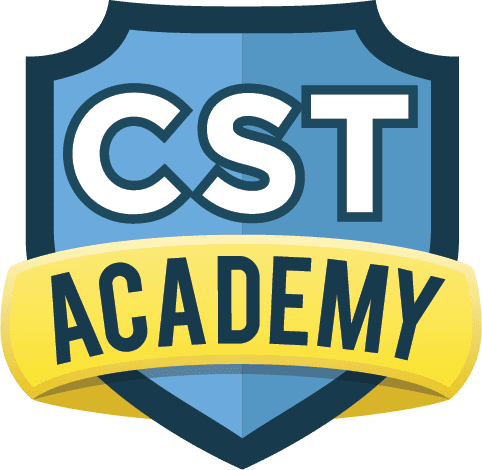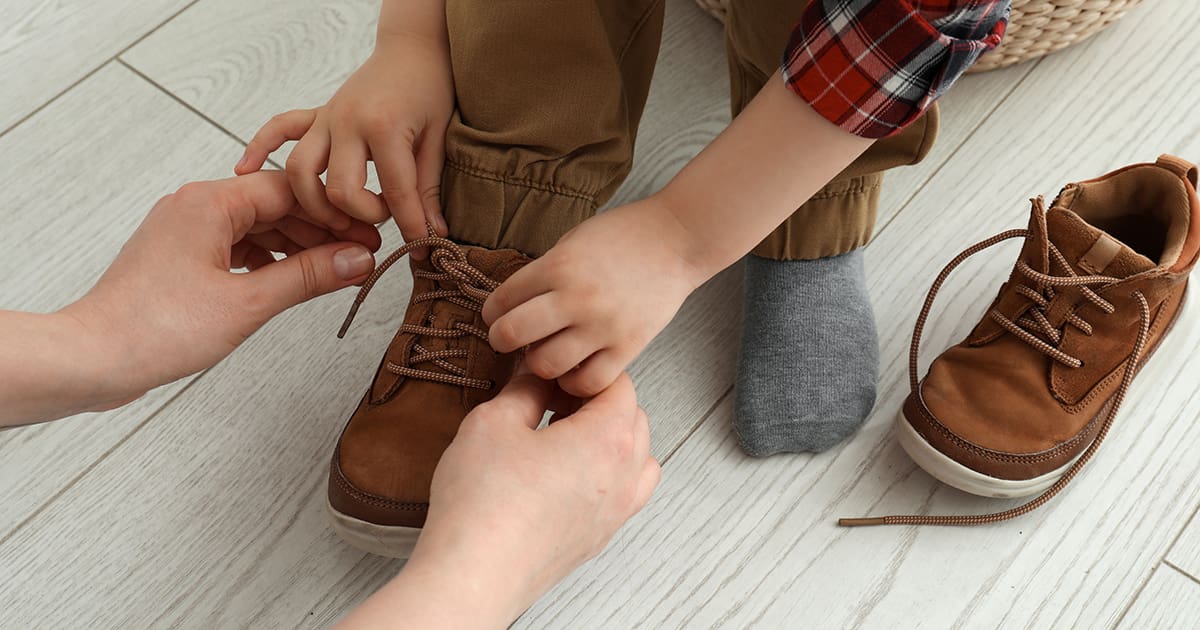Share this Post

As parents, caregivers, and educators, we all want to see children thrive in environments that encourage their growth, confidence, and happiness. In therapeutic preschool programs, positive reinforcement is one of the most effective strategies for supporting children’s development. By focusing on strengths and rewarding progress, positive reinforcement helps children build essential skills while fostering a sense of accomplishment and self-worth.
At CST Academy, positive reinforcement is a cornerstone of our approach. We believe in creating a nurturing and supportive environment where children feel empowered to grow and achieve their full potential.
What Is Positive Reinforcement?
Positive reinforcement is a behavior management technique that encourages desired behaviors by providing rewards or praise immediately after the behavior occurs. These rewards can be as simple as verbal affirmations (“Great job cleaning up your toys!”), tangible rewards like stickers or small toys, or even social rewards like high fives and hugs.
The goal of positive reinforcement is to motivate children to repeat behaviors that lead to positive outcomes. Over time, these behaviors become habits, contributing to the child’s overall success in learning, social interactions, and emotional development.
Why Positive Reinforcement Is Vital in Therapeutic Preschool Programs
Therapeutic preschool programs are designed to meet the needs of children who may benefit from additional support in areas like communication, motor skills, emotional regulation, and social interactions. Positive reinforcement is especially critical in these settings because it aligns with the following key principles:
1. Promotes Skill Development
When children receive positive feedback for mastering a new skill—whether it’s following directions, completing a task, or communicating effectively—they are more likely to keep practicing and refining that skill.
2. Builds Confidence and Self-Esteem
Positive reinforcement helps children recognize their strengths and achievements. This boost in confidence encourages them to tackle new challenges and take pride in their progress.
3. Encourages Emotional Regulation
Learning to manage emotions can be difficult for young children. Positive reinforcement helps them associate appropriate behaviors—like using words to express feelings—with positive outcomes, making it easier to navigate big emotions.
4. Supports Social Development
Children in therapeutic preschool programs often work on building social skills like sharing, taking turns, and cooperating with peers. Positive reinforcement highlights the benefits of these interactions, encouraging children to engage with others in meaningful ways.
5. Reduces Challenging Behaviors
By focusing on rewarding positive behaviors, therapeutic programs shift the emphasis away from punishment for undesired behaviors. This proactive approach not only reduces challenging behaviors but also creates a more positive and supportive learning environment.
CST Academy’s Approach to Positive Reinforcement
At CST Academy, positive reinforcement is seamlessly integrated into every aspect of our therapeutic preschool programs. Our approach ensures that each child receives personalized support and encouragement tailored to their unique needs.
1. Individualized Reinforcement Strategies
We understand that every child is unique, which is why we develop individualized reinforcement plans that cater to their specific preferences and motivators. Whether a child responds best to verbal praise, tangible rewards, or engaging activities, our team uses what works best for them to encourage success.
2. A Collaborative Environment
Positive reinforcement isn’t just a tool for teachers and therapists—it’s a collaborative effort that involves parents and caregivers as well. At CST Academy, we work closely with families to ensure that positive reinforcement strategies are consistent across home and school environments.
3. Fostering a Growth Mindset
Our team encourages children to view challenges as opportunities to grow. By rewarding effort and progress, not just outcomes, we help children develop resilience and a love for learning.
4. Creating a Joyful Learning Atmosphere
Children thrive in environments where they feel valued, supported, and celebrated. At CST Academy, positive reinforcement helps us create a joyful and nurturing atmosphere where children feel safe to explore, learn, and grow.
Practical Tips for Using Positive Reinforcement at Home
As a parent or caregiver, you can support your child’s development by incorporating positive reinforcement into your daily routines. Here are some simple strategies to try:
- Be Specific with Praise: Instead of saying, “Good job,” try, “Great job putting your toys away! You’re so helpful.” This specificity helps children understand what behavior is being reinforced.
- Use Immediate Rewards: Provide reinforcement as soon as possible after the desired behavior occurs to help your child connect the behavior with the reward.
- Celebrate Effort, Not Just Success: Praise your child for trying their best, even if they don’t get it right the first time. For example, “I love how hard you worked on that puzzle!”
- Keep Rewards Consistent: Choose rewards that are meaningful to your child and use them consistently to reinforce positive behaviors.
- Create a Positive Reinforcement Chart: A simple sticker chart can be a great way to track progress and celebrate milestones.
Why Families Trust CST Academy
Families choose CST Academy because of our commitment to creating a supportive and empowering environment for every child. Positive reinforcement is not just a method we use—it’s a reflection of our philosophy that every child deserves to be celebrated for their unique abilities and potential.
Our team of compassionate professionals works hand-in-hand with families to ensure that children feel motivated, valued, and inspired to reach their goals. With CST Academy, your child is surrounded by positivity and encouragement every step of the way.
Final Thoughts
Positive reinforcement is a powerful tool for helping children grow and succeed in therapeutic preschool programs. By focusing on strengths and celebrating progress, it creates a foundation for lifelong learning, confidence, and resilience.
At CST Academy, we’re proud to incorporate positive reinforcement into our programs, fostering an environment where every child feels empowered to reach their full potential. Together, we can help your child thrive in a world of possibilities.
Discover Our Pediatric Therapy & Autism Care
ABA Therapy
Support for children with autism.
Diagnostic Evaluation
Expert assessments to identify child needs.
Pediatric Therapy Services
Speech, Occupational, Feeding, and Physical Therapy.
Therapeutic Preschool & Kindergarten
A classroom environment designed for early learners with unique needs.

How CST Academy Uses Positive Reinforcement in Therapeutic Preschool Programs
Encouraging Growth Through Praise, Motivation, and Support
At CST Academy, we believe that positive reinforcement in therapeutic preschool programs plays a vital role in building confidence and promoting long-term progress. Our therapeutic preschool uses consistent encouragement, individualized rewards, and supportive feedback to help children develop new skills and positive behaviors. This approach creates a nurturing environment where children feel empowered to learn, engage, and succeed.

Find the Best Care for Your Child




